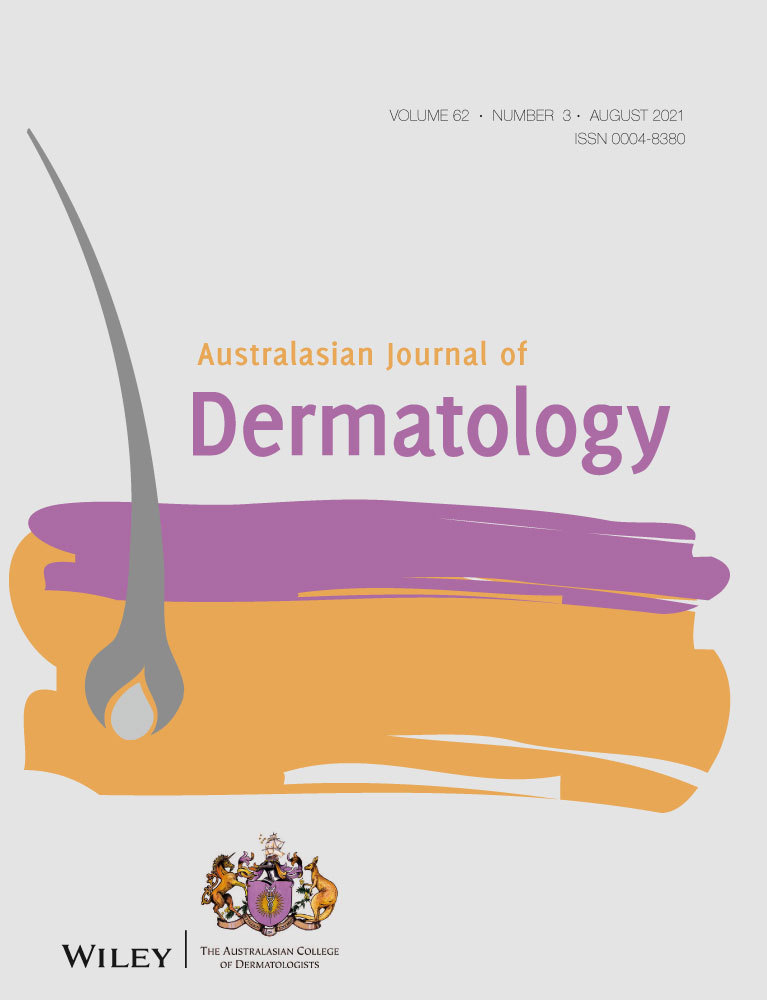Topical epigallocatechin-3-gallate in the treatment of vitiligo
Conflict of interest: The authors declare that they have no conflicts of interest. Ai-e Xu and Miaoni Zhou equally contributed to the study and are both co-corresponding authors.
Wenting Hu, MD. Lingling Zhang, MD. Fuquan Lin, MD. Jiehao Lei, MD. Miaoni Zhou, MD. AiE XU, MD.
Abstract
Objective
To preliminarily assess the efficacy and safety of the topical application of Epigallocatechin-3-gallate (EGCG) in treating vitiligo, a 6-month clinical trial was carried out.
Method
Patients were randomly given topical application of EGCG on the assigned lesions, with pimecrolimus being used as the control for twice a day over a 6-month treatment period. Responses to treatment were assessed based on the changes in VASI score for percentage reduction in body surface area and the PGA scores.
Results
According to our results, both drugs were discovered to be markedly effective on repigmentation. The VASI of lesion had diminished from 1.19 ± 0.42 to 0.63 ± 0.38, in the EGCG-treated lesions, while from 1.18 ± 0.43 to 0.61 ± 0.36 in the pimecrolimus-treated lesions, and there was no statistically significant difference in VASI score between the EGCG-treated lesions and pimecrolimus-treated lesions (P = 0.755). Meanwhile, the mean PGA score on the EGCG applied side was 4.39 ± 2.23, while that was 4.43 ± 2.02 on the pimecrolimus applied side (P = 0.886). Furthermore, difference in the improvement degree between pimecrolimus side and EGCG side was not statistically significant (P = 0.845). Notably, no serious side effects were observed throughout the study.
Conclusion
Findings of the study indicate that topical EGCG can be effective on treating vitiligo.




